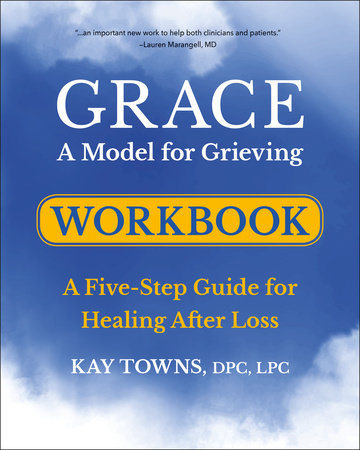Author Q&A
Why did you want to create this book?
A number of reasons, really. First, I felt the lack of my mother very keenly during some of the hardest passages in my life. I wanted her help and her perspective on my struggles–getting pregnant, balancing work and family, raising kids. I also became more curious about key junctures in her life as I matured. Somehow that desire for her wisdom inspired the idea of asking other women to look back at their lives.
The format of a letter sent back in time was very meaningful to me, also. It’s an invention, sort of a new genre, which satisfies my creative imagination. Too, the difference between asking someone for their advice and asking a woman to write a letter to herself at a specific age and time in her life is enormous. Advice is generic and inevitably trite. But give it the context of detail–of family background, key relationships, beliefs–and the guidance becomes very charged.
What is your favorite letter in the book?
Argh. That’s no fair! Truly, it’s hard to choose but let me mention a few that struck me most forcibly. Ann Curry, of Today, wrote to herself in her first job but I found her message–to get on with life and “be bold about who you really are”–resonated with me at age 52. I feel I’m often not as bold as I should be, so I suppose I need that reminder.
I think often of singer/songwriter Macy Gray’s letter and activist Heather Mills McCartney’s message because they both contain advice that is particularly hard for women to follow. A difficult marriage, two small children and a pregnancy had buried Macy’s musical identity so deep that she felt very lost. So she says, “Please yourself first. Everything else will follow.” This goes against the grain. Most women put husbands and children and neighbors and employers first, ahead of their own deepest desires.
Heather’s letter says, “Learn to say no.” It’s a similar message, but different because it is about understanding the toll of giving, giving, giving–even when the cause is just.
I love Mary Matalin’s letter because it upends the notion so many of us start out with, that there is a “golden” career path we must follow to be successful. Jane Kaczmarek’s hilarious letter describes some huge belly flops she executed, which redefined the way she looked at success.
Who was the most fun to interview?
Gee, who did I not have fun interviewing? Trish McEvoy, the gorgeous founder of a cosmetic company, knocked my socks off with her generosity. We sat in her enormous, beautiful apartment overlooking Central Park in Manhattan, had coffee and talked for hours. Literally. Eileen Fisher, as tranquil and thoughtful a CEO as you will ever meet, invited me into her home in Irvington, NY, showed me her journal and fed me scrumptious Asian food prepared by her chef. I flew to San Francisco to meet Queen Noor in her hotel suite. She was completely approachable, yet at the same time had experienced so many dimensions of the world that are beyond me. That blend of friendliness and depth was tantalizing.
Which messages surprised you?
It was hard to imagine Madeleine Albright feeling like a failure. I didn’t expect Olympia Dukakis to be so hard on herself; She felt she had absented herself emotionally from her children during one very challenging period in her life. And who knew that Rachel Ashwell, founder of the very successful Shabby Chic lines of furniture and bedding, dropped out of school at 15?
What is your goal for What I Know Now: Letters To My Younger Self?
I want women to be comforted and encouraged, and maybe even inspired, by knowing that even some of the most accomplished women in our country suffered doubt and uncertainty at times. I’d like readers to learn from the letters so that their own lives are improved.
And I’d love it if the book spurred women to share their wealth and wisdom with other women–one reason that I’m donating a chunk of the book’s proceeds to Girls Inc.
























